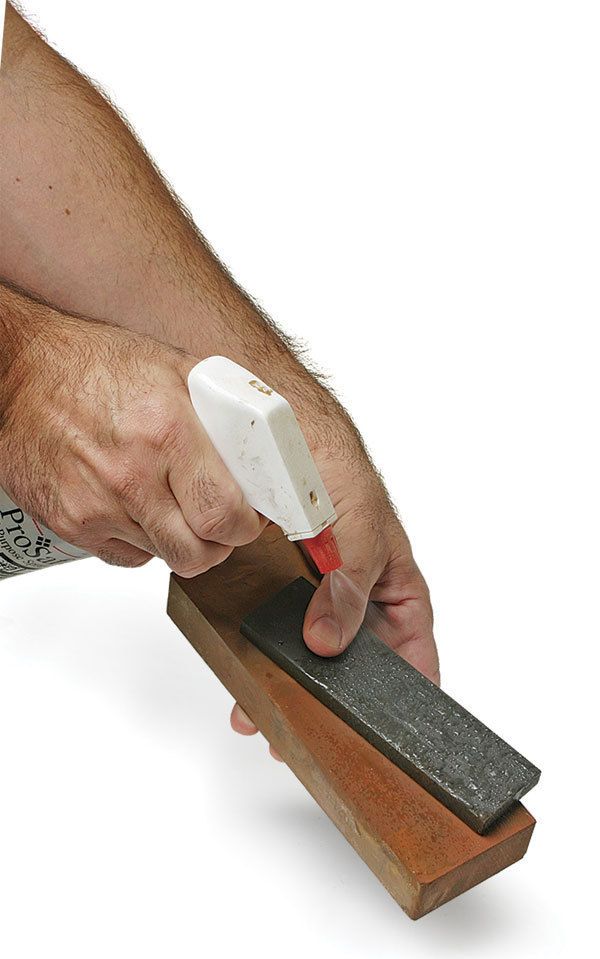
Q:
I purchased some used sharpening stones, but I don’t know if they are waterstones or oilstones. How can I tell the difference?
Duane C. Bennett, Medford, OR
A:
Until recently, most sharpening stones were oilstones, so chances are, that’s what you have. Yes, there were some natural waterstones to be found 30 or more years ago, but nothing like the variety and quality of the manmade and natural ones you can buytoday. One way to check is to smell the stone and box (if there is one) to see if there is any residue of oil. Also, if you find greasy sludge on the side of the stone, it probably was used with oil. To make sure, drop some water on the stone; if the water beads up, the stone definitely has been used with oil. If the water is absorbed readily into the stone, it was used with water.
Used stones probably will be worn out of flat. Flatten them against a diamond stone well lubricated with kerosene, or on coarse wet-or-dry sandpaper on plate glass. If you think you have waterstones, use water as a lubricant for this flattening. Otherwise, flatten and use them as oilstones.
Photo: Thomas McKenna
Fine Woodworking Recommended Products

Starrett 4" Double Square

Veritas Precision Square

Veritas Micro-Adjust Wheel Marking Gauge























Log in or create an account to post a comment.
Sign up Log in